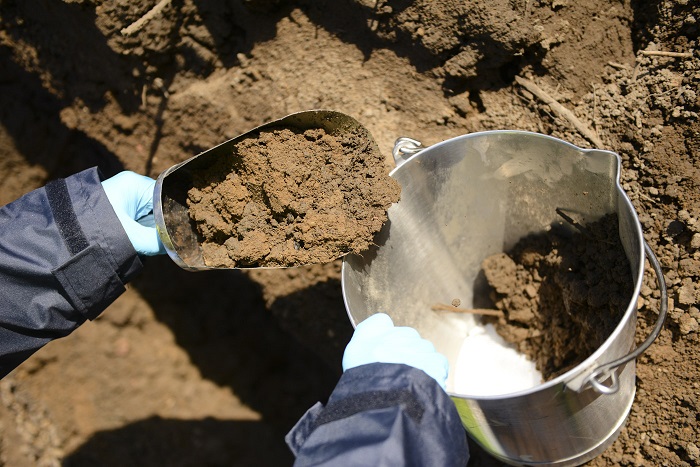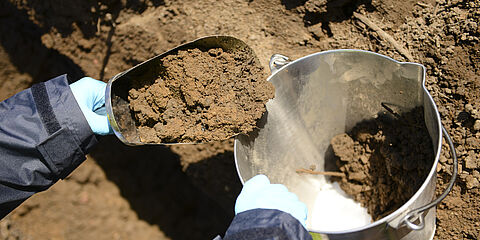Concepts and analyses for preventive flood protection
The current flood disaster in Germany has shown that the course of flowing waters is as specific as the surrounding landscape itself.

“As a chemist and founder of a company for analyses and consulting on environmental issues, I am concerned with how complex the causes responsible for climate change interact. However, I also realise how broadly positioned we experts are to be able to contribute to the detailed solutions required here. It becomes clear: risk and danger are no longer exceptions, but are becoming the rule, and with the pile-up of flood and drought years, we must find new answers for the preservation of our habitat. What are the actual tasks and what can we contribute to solving them?”, states Dr Erwin Weßling.
Climate change exists, but its catastrophic consequences are only being realised with the current events. How can its effects, such as heavy rainfall, be countered with the help of profound analyses and concepts?

Terrain and slope
A slope of less than 1 cm/m is already sufficient for rain runoff, while 10 cm is often sufficient for a flood barrier. The ratio of slope and water volume is the moment that can increase the risk of flooding. With many routes for water, such as small diversions along field margins, through footpaths or on roads, pipe routes are formed through which muddy water can enter houses and lead to flooding.
The simplest measures are to create furrows at right angles to the slope and to collect the surge water in marginal depressions. This gives the water the time it needs to percolate. For this purpose, our experts determine the altitudes of all areas by using drones, for example. Based on targeted analyses, they create concepts for actual, situational measures that guard against subtle changes and dangers with simple but regular monitoring in advance.

Soil structure and water content
The humus content of soils is important for the absorption of precipitation and the retention of moisture. However, it is also a decisive factor in influencing the climate, as it represents one of the largest near-surface CO2 reservoirs. The consequences of climate change, however, such as drought, wind erosion, heavy rainfall, and runoff, can severely damage the humus soil. Appropriate management and treatment of the soil, for example, the cultivation of green manure plants and the forced use of organic fertilisers, counteract this.
With soil analyses, infiltration tests and on-site recommendations for planting and fertilisation, our experts assist with the enrichment of the soil with humus. With groundwater analyses, they can determine its age, which allows for conclusions to be drawn about the respective soil quality and situation. With drinking water analyses and surveys of aquifers – groundwater aquifers, also groundwater horizons – they can safeguard our most important food.
Water engineering measures
Water engineering measures, such as dykes, widening of areas, bypasses, floodplains, meanders and other retention areas are used to strengthen the surroundings of flowing waters. Rainwater retention basins and extended runoff paths are instruments that delay the flow of water and enable infiltration. These measures must be applied at the critical points of watercourses, which our experts have previously recorded in detail during monitoring and as a result of analysis of the elevation map models.
Counteracting sealed surfaces
Urban neighbourhoods play another important role in climate change because of their high levels of sealed surfaces. Unsealing and infiltration measures require land and soil analysis. Our experts check every building for its suitability as a greening factor or power supplier. The rehabilitation of industrial contaminated sites is one of the most important results of our consulting services.
Diversity of services and expert knowledge
There are many factors our experts consider to form an overall picture of our clients’ needs. Thanks to the expertise of hydraulic engineers and landscape architects, agricultural economists and soil scientists, geologists and hydrogeologists, chemists and biologists, and with modern equipment and special software, we create security with holistic solution concepts.
Your contact person
- Saeid Barvar
- +49 2505 89-210
- ingenieure@wessling.de

„Would you like to learn more about our flood prevention services? I'd be happy to help you find out details or discuss your specific needs.“



